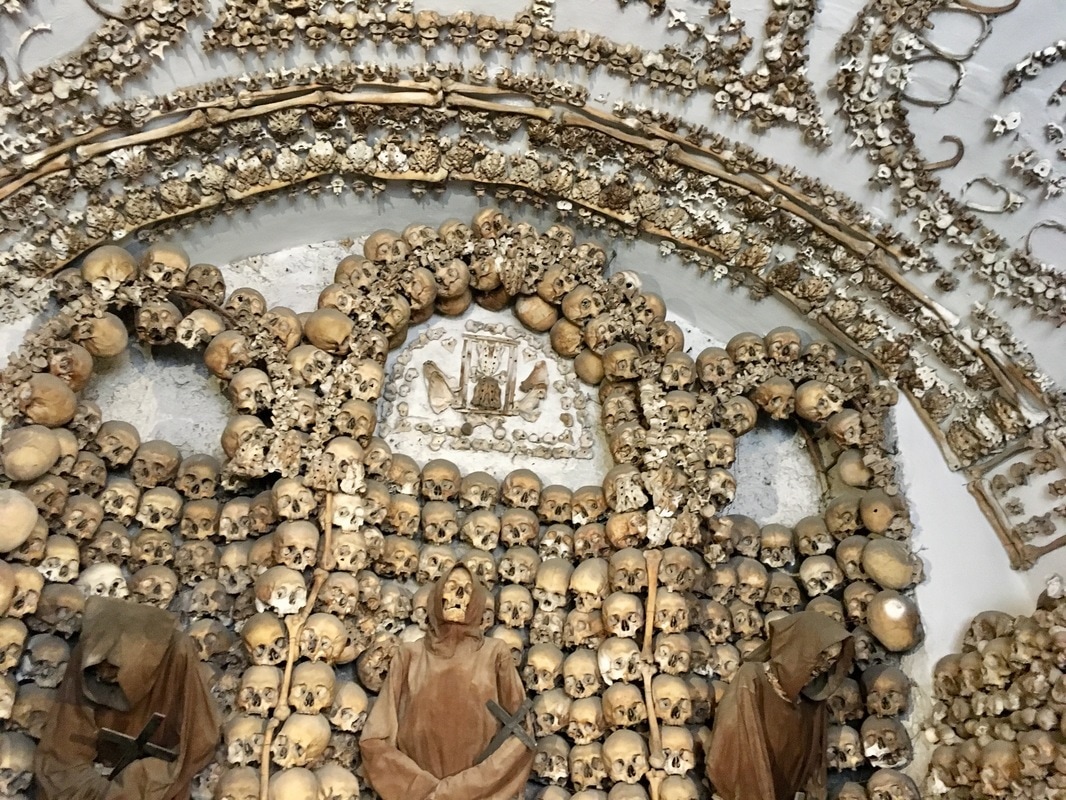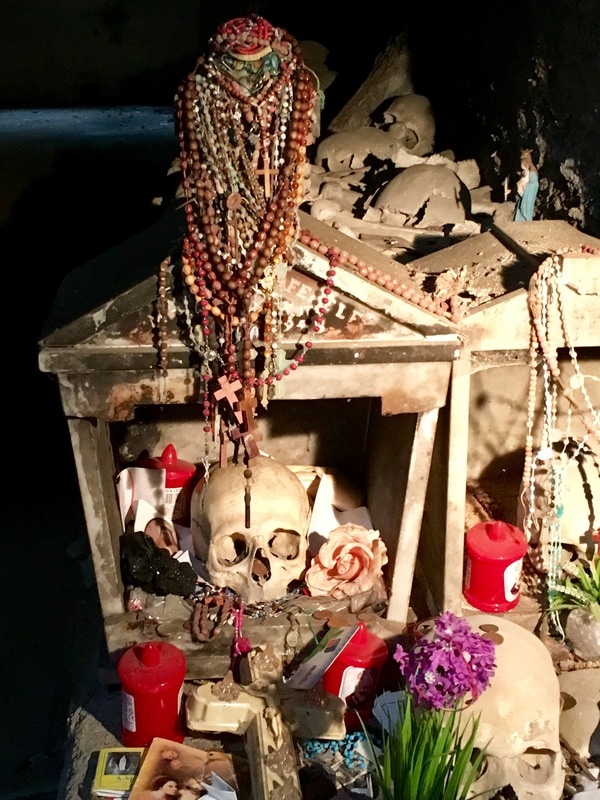|
.Hello all! It's been quite awhile since I've posted anything but I am thrilled to report that not much is new, except that I've seen a few more dead bodies than I usually would. I've always been fascinated by the dead. There's something sacred about the burial process--the remembrance process--the ritual of it all, and the feelings attached to it. Well, that escalated quickly. Let's backpedal. I spent the month of May on a cruise ship (as I did last year) and hit most of the same ports that I enjoyed last time: Barcelona, Naples, Civitavecchia, Florence (still haven't seen the leaning tower of Pisa though...), and Cannes. This year's itinerary substituted Marseilles, France, for Palma (island of Mallorca), Spain (which was an incredible upgrade). All of that jumbled information to say, I had a lot less of an emotional/existential adventure and a lot more time to think, reflect, journal and heal. It was more of a spiritual adventure, if you will. After countless hours alone, my trauma history was finally able to have a free playdate with itself and many of my other memories, uninhibited by impending tasks and a brutal schedule. I spent a good deal of time sifting through my narrative, and examining the narrative of my mother and grandmother as well. I am infatuated with the idea of inherited and amalgamated trauma, and my only new adventures involved paying homages to centuries of skeletons, gathered freely or forcibly (by Italians who were fascinated with the history...not by me, you sickos). This sparked a lot of questions in my mind about how our lives truly affect history--and of course, thereby, art. The highlights of my trip can be seen in the following photos: 1. A catacomb of dead, rich people, buried in 3rd century C.E. who paid a LOT to have semblances painted around them, like it matters to us nowadays: 2. Here's a picture of me cracking up at the caverns where bodies were drained of fluids so that they could decompose more quickly...and so that the artist could immortalize them more quickly as well, of course. 3. Here's a couple of photos of a crazy monk's work: he collected 3700 monks' bodies and arranged them in artistic ways as an "homage" (or was he just as fascinated by death as I am?)! 4. Here are some photos of the cave which houses the bones of thousands of plague victims (mid 1700s--the plague took half of the population out, and a flood followed. People weren't able to track their loved ones, so they threw all of the leftover bones in a cave after the bodies fully decomposed) with no proper burial. People started a cult surrounding these "lost souls" in the 1960s and the pope shut the burial ground down until a few years ago. Crazy, right? It puts mortality in perspective. So as I examined three generations of women who endured pain (I can only do three objectively, as I never knew my great grandmother), I wondered how it all adds up--does it matter?
I read a book by Amy Stacey Curtis called "Women, Trauma and Visual Expression" which finally codified gestures in my own work. It was as if truth goggles were tied around my head, and as I looked at my catalogue, I understood myself better. I visited the Vatican as well, and even in a religious context, death leaves a lot of questions to be asked, but damn, in its absence, beauty seems to conquer. The aesthetic of the time seems to pervade. Whatever is culturally relevant is immortalized. What does that mean for our generation? Though the trip itself was mostly lonely and frustrating artistically, I think I made a breakthrough on an emotional level in understanding my musical and artistic inclinations...and that can only mean that I am even better prepared to make more communicative art. Whether it's here, or in Europe, it's always good to self-explore and ask hard questions...even if that means visiting a ton of cemeteries. Until next time...art on, my friends.
0 Comments
|







